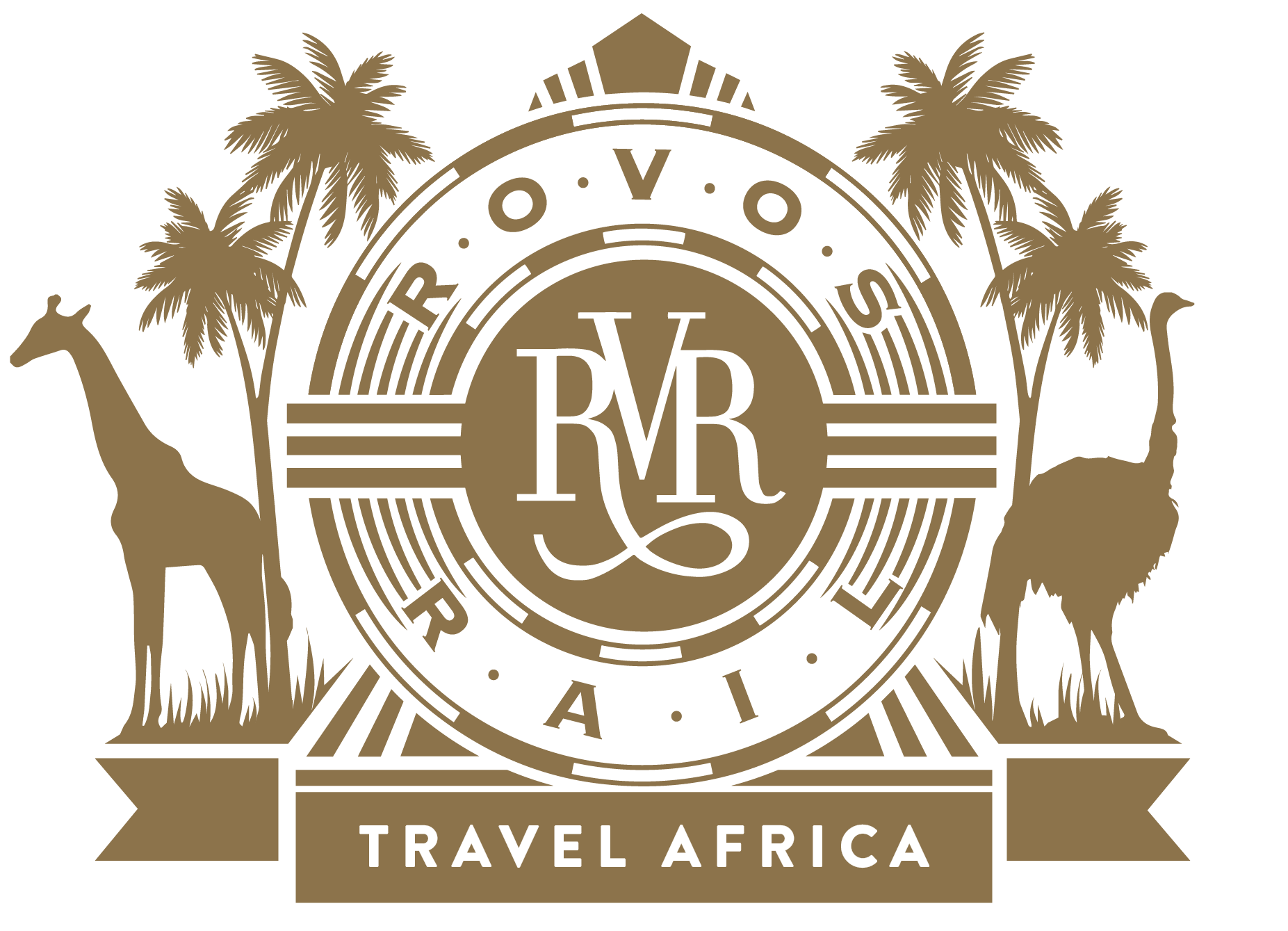The Kalahari extends to 900 000km2 and covers much of Botswana, parts of Namibia and South Africa. Known as ‘Kgalagadi’ in Botswana, the Kalahari is not a true desert as it does experience small amounts of rain, with some areas enjoying up to 250mm. The surrounding basin covers over 2 500 000km2 extending farther into Botswana, Namibia and South Africa, and encroaching into parts of Angola, Zambia and Zimbabwe. The geography is part desert, part plateau. The only constant river, the Okavango, flows into a delta in the northwest forming marshes that are rich in wildlife. Ancient dry riverbeds called “omuramba” traverse the central northern reaches of the Kalahari and provide standing pools of water during the rainy season. Previously havens for wild animals, the riverbeds are now mostly grazing spots.
Due to variability in rainfall and generally arid conditions, the Kalahari is sparsely populated. In Namibia and South Africa there are large ranches up to 40 000ha in size, raising mostly sheep and ostriches. In Botswana, the land is mainly used on a communal basis with the inhabitants raising goats and cattle.
The best known of the Kalahari’s locals are the so-called bushmen numbering only a few thousand. Squeezed into inhospitable pieces of land, they are – very sadly – often exploited as cheap farm labour. They are the remnants of Southern Africa’s true, original inhabitants who occupied the whole subcontinent long before Black and White settlers invaded and marginalised their territories. As proof of the fact, there are the superb ‘bushmen’ rock paintings that are found in great numbers in caves and rock shelters all over southern Africa. In Namibia, excellent examples can be found in the Damaraland region.
